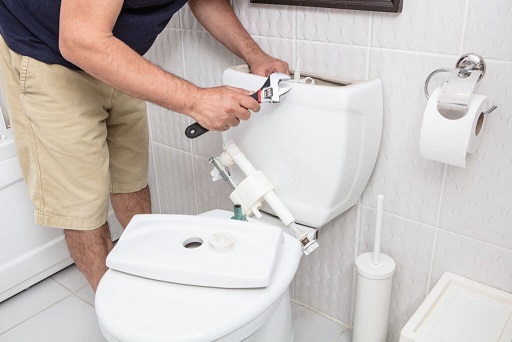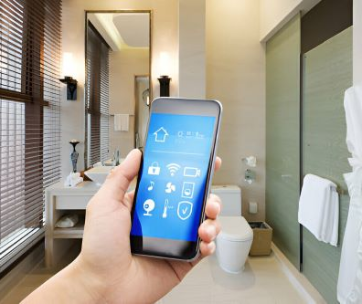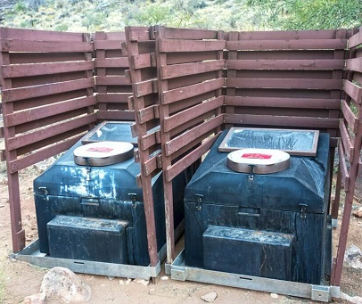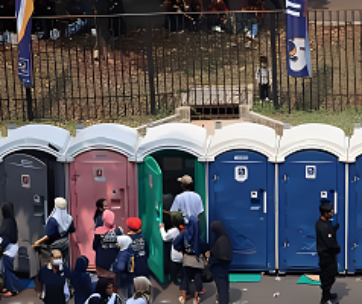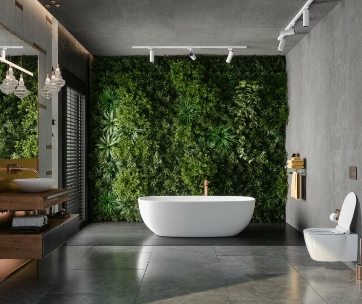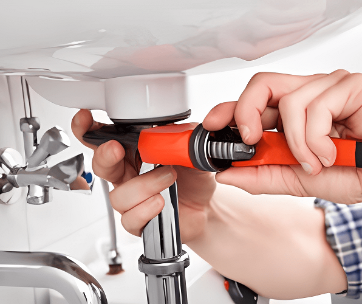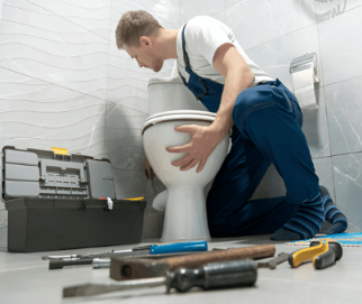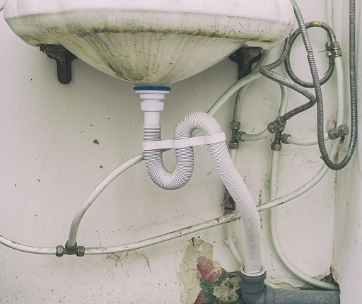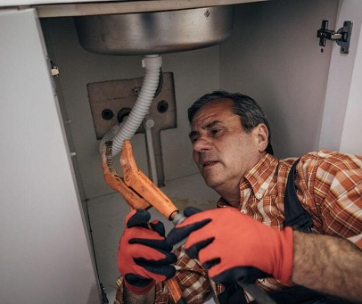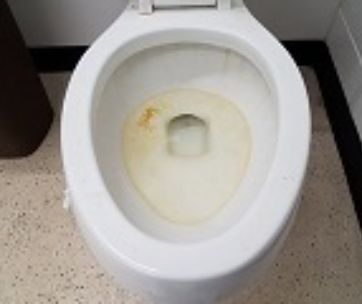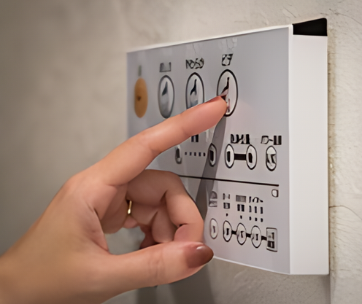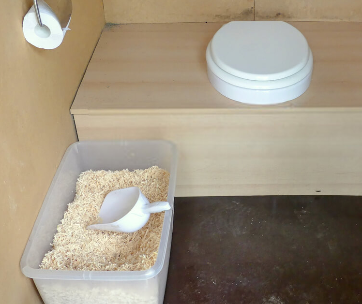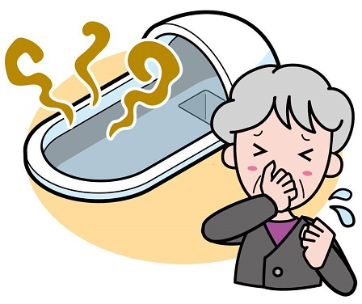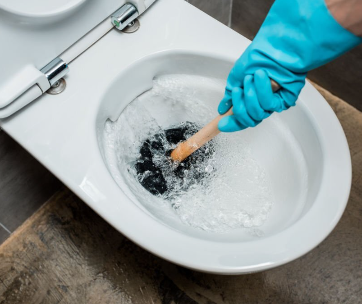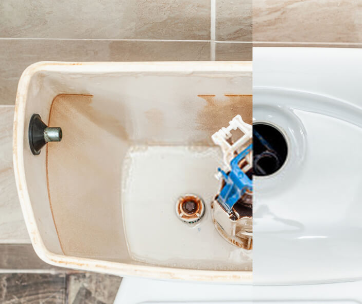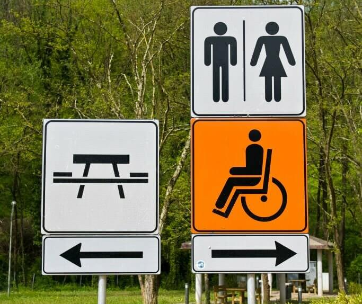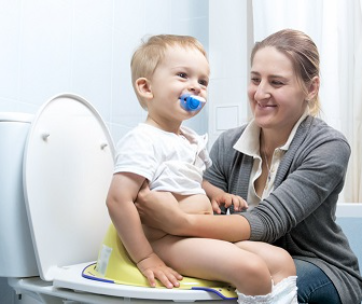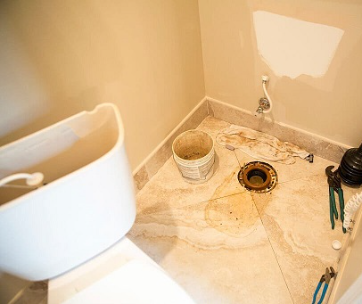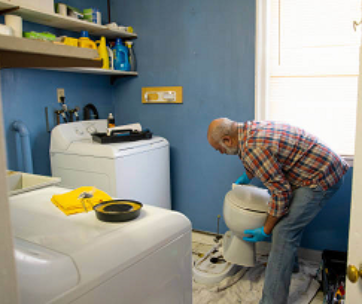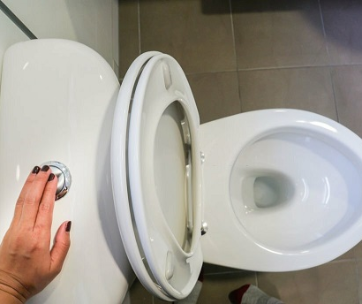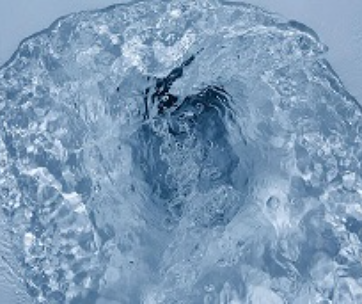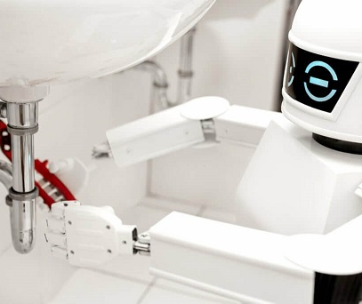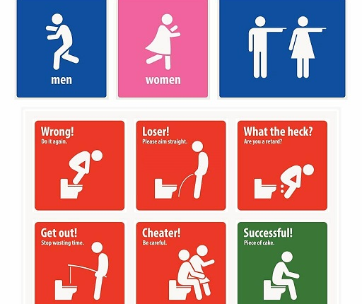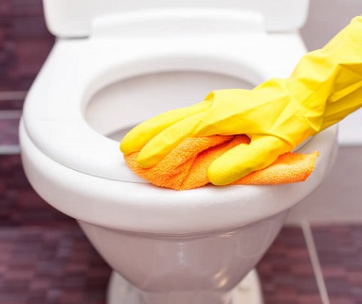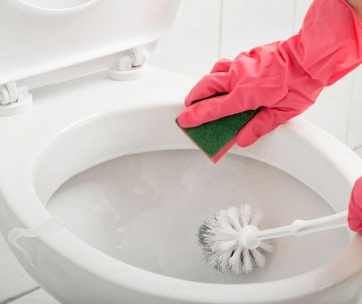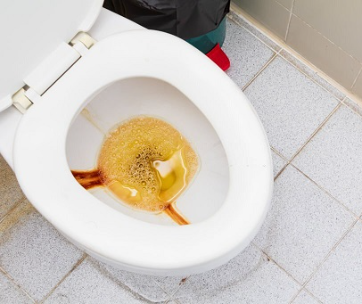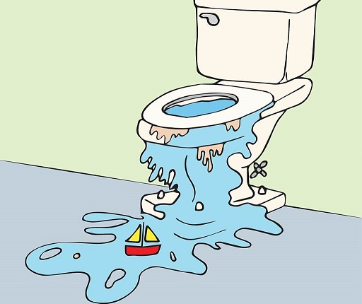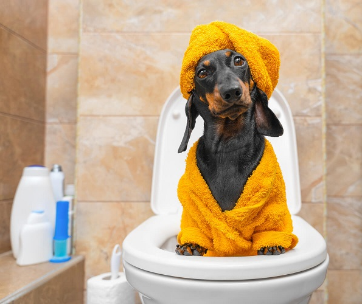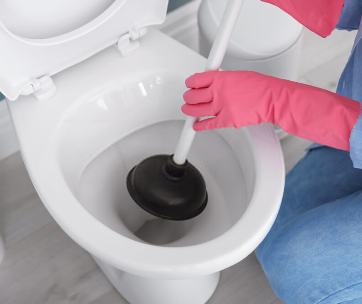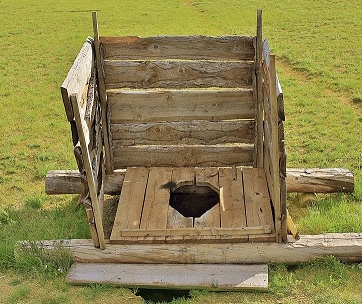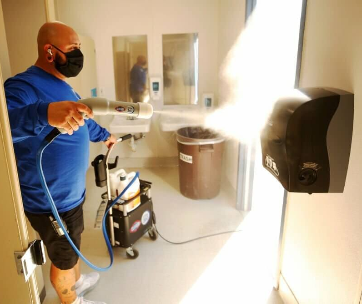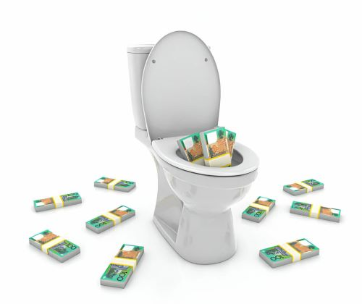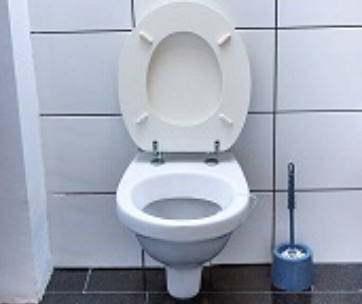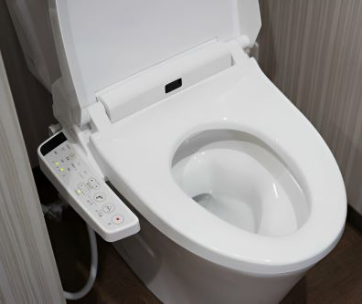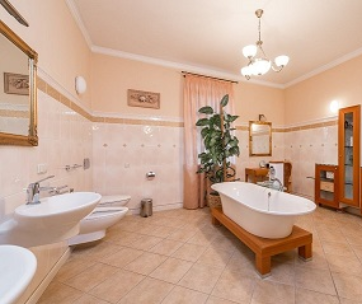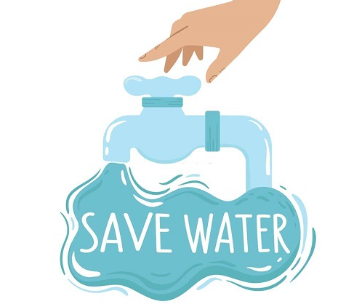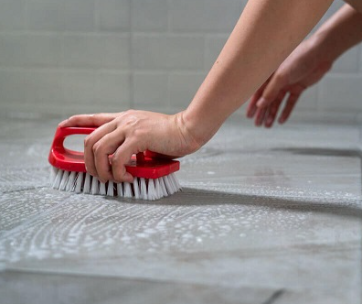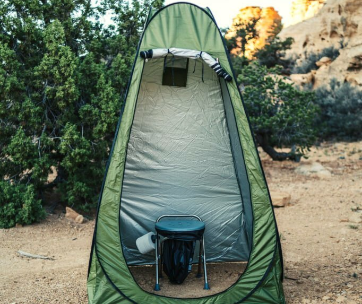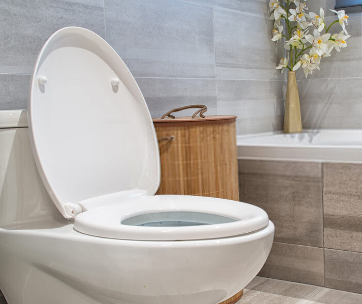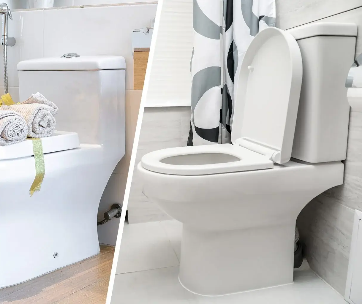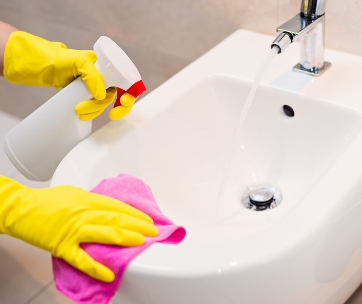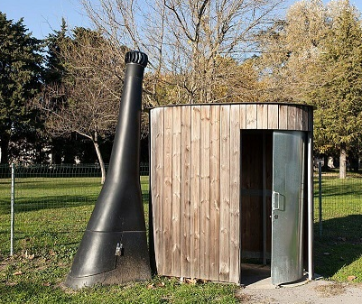Toilets are among the most used house fixtures around the globe.
What’s fascinating is that although we use toilets on a daily basis, the vast majority of the population does not understand how they function. By just using or looking at a toilet you wouldn’t know how much work goes into making them function so seamlessly.
The only way to understand how they work would be being present when a toilet is being repaired by a professional. But since the process of repairing a toilet is not so common, identifying different parts that make up a toilet and their intended purposes would be a great starting point for you to understand how the toilet works.
Furthermore understanding how toilets function comes in handy as it helps you diagnose and fix a number of toilet problems such as a leaking toilet, running toilet, or one with improper flushing.
The purpose of this article is to assist you in identifying the different parts of the toilet as well as their purposes. Without wasting time, here they are:
1.Toilet bowl
The toilet bowl is one of the two most noticeable parts of the toilet, the other one being the toilet tank; which we will touch on later in this article.
This is the bowl- shaped base that a user sits on while using the toilet. While figuring out how to use it is rather obvious, it’s the construction of it that most people aren’t in the know about.
To ensure top notch functionality most toilet bowls are made of waterproof, stain resistant vitreous china clay material.
Now, if you have ever had any experience cleaning a toddler or have at least had the displeasure of visiting an improperly maintained washroom, then you might already know that human refuse has the tendency to stain surfaces horribly. For that purpose, it is of essence that the toilet bowl material is stain resistant and easy to clean.
Additionally, the bowl has to be waterproof as a lot of water is used in the cleaning and overall disposal of fluids into a commode.
As for the actual engineering, the design of toilet bowls features a round hole at the center to accept waste and a c-shaped trap at the bottom. Usually, toilet bowls are either round-shaped or oval-shaped to comfortably fit the bum when one is in a seated posture.
Following the bowl, the trap acts as a passage for the waste from the bowl to the sewer line. Besides being a bridge for waste passage, the trap also holds a small amount of fresh water to seal off sewer line gases escaping into your house.
2.Toilet seat and lid
These two parts are located above the toilet bowl and usually come as one package.
The toilet lid is the part that covers the top of the toilet bowl. It serves as an aesthetic and hygienic purpose in that it is intended to keep the toilet bowl covered when the toilet is not in use.
On the other hand, the toilet seat is the movable part between the toilet bowl and toilet lid. The purpose of the toilet seat is comfort-based in that it is meant to make sitting on the toilet feel more natural and comfortable while using it.
3.Toilet tank
The toilet tank also known as the cistern is the upper part of the toilet that’s located above the toilet bowl.
It is, in our opinion, one of the most crucial parts of an effective-running toilet.
As the name suggests, a toilet tank holds the water that gets released when the toilet is flushed. In addition, the toilet tank is where all other flushing mechanisms that allow you to flush the toilet and dispose of the waste, such as; the float, beaded chain, fill valve, and flapper, are located.
4.Toilet gasket.
Simply known as a toilet seal, this is a rubber gasket that joins the bottom of the toilet tank to the top of the toilet bowl.
The toilet gasket is used as a seal to prevent water from leaking out of the toilet tank. In addition, it ensures water flows only to the toilet bowl when the toilet is flushed.
5.Flange
A flange is a round rim made of plastic or metal that is screwed above the sewer pipe on ground level and below the toilet bowl. The flange is used to attach the toilet bowl to the ground level sewer pipe firmly, using screws and bolts.
6.Wax seal
A wax seal is a round ring of wax that sits between the bottom of the toilet bowl and the top of the flange. The wax seal acts as a seal preventing water leakage when waste moves from the toilet bowl to the sewer line.
7.Trip lever
The Trip lever is the handle at the exterior of the toilet tank. It is used to release water to flush the bowl when compressed with a pulling action.
With the evolution of toilet parts, most modern toilets don’t come with a trip lever but a large button at the tank’s lid. In some cases toilets come equipped with a dual flush system that features two buttons; one for flushing liquid waste and the other one for flushing solid waste.
In case you are wondering about the complex flushing mechanism, we’ve got you covered.
To flush; the lever is simply pressed downwards. The lever has an extended metal arm inside the tank with a beaded chain attached to its end. Upon flicking the lever the chain pulls the flapper up to release water to the bowl.
8.Float
The toilet float is a buoyant, spherical ball or cube that is responsible for controlling the level of water in the tank and prevent water overflow.
Here’s a detailed description;
The float is attached to the fill valve. When the toilet tank is empty the float goes down, allowing the fill valve to release more water into the toilet tank. Once the tank is full the float rises and floats, sealing the fill valve. This then prevents further flow of water from the fill valve into the tank.
9.Beaded chain
The beaded chain is a short strip of metal- linked chain that connects the lever to the flapper. It is attached to the metal arm extension of the lever inside the toilet tank.
10.Flapper
The toilet flapper is the flexible rubber stopper attached to the end of the beaded chain. It rests at the bottom of the tank and covers the drain of the toilet tank. It is used to control the flow of water to the toilet bowl from the toilet tank. To control flow of water from the toilet tank it works by lifting from the drain when the toilet is flushed and closing the drain after the water has flowed to the bowl.
11.Fill valve
The fill valve is a plastic cylindrical tube in the center of the toilet tank. Once you flush the toilet, water flows from the main water supply line to the toilet tank through the fill valve.
12.Water supply line
This is the flexible metal or plastic pipe that delivers water from the plumbing lines in the wall of the house to the toilet tank. It attaches to the bottom of the fill valve at the bottom of the toilet tank.
13.Water supply shut off valve
A water supply shut off valve is a knob that controls flow of water from the water supply line to the fill valve. It is used to cut off water supply to the toilet tank in times of emergencies or when carrying out repairs.
Conclusion
With a basic understanding of how toilets function, diagnosing and fixing toilet problems on your own becomes child’s play. For instance, if your toilet is constantly running; a faulty flapper or knotted beaded chain would be the likely cause.
After going through this article we are sure you’ve got a grip on the anatomy of toilets and the purposes of the different parts.
That said, we are certain that you will be able to identify and fix a number of toilet problems on your own.

